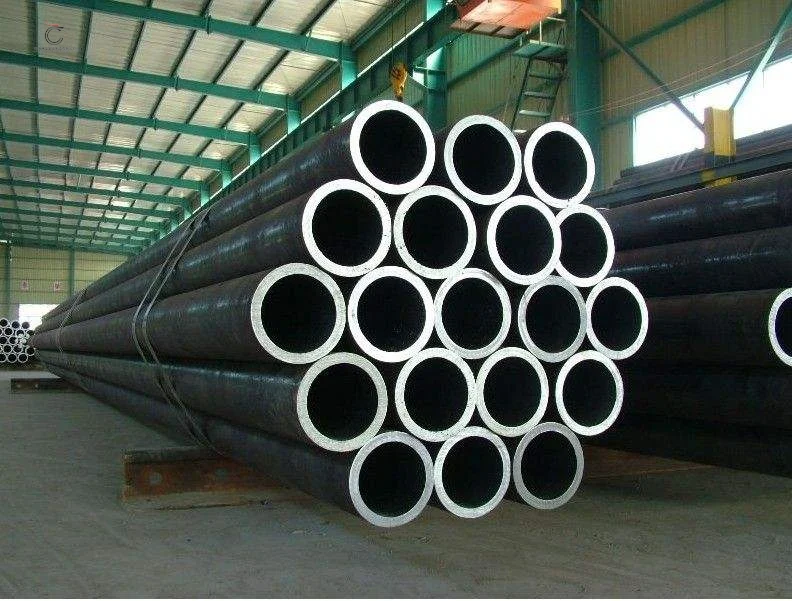High-pressure boiler tube tempering method
Tempering is a heat treatment process in which a 20G high-pressure boiler tube quenched into martensite is heated to a temperature below the critical point, held for an appropriate time, and then cooled to room temperature.The purpose of tempering is to eliminate the quenching stress and transform the structure of the high-pressure boiler tube into a relatively stable state. Improve the plasticity and toughness of the steel without reducing or appropriately reducing the hardness and strength of the steel pipe to obtain the desired performance. Medium-carbon and high-carbon steels usually have high hardness after quenching, but they are very brittle, and generally require tempering treatment before they can be used. The quenched martensite in the high-pressure steel pipe is a supersaturated solid solution of carbon in -Fe, with a body-centered square structure, and its squareness/increases with the increase of carbon content (/=1+0.045wt%C).

The martensite structure is thermodynamically unstable and has a tendency to transition to a stable structure. Many steels still have a certain amount of retained austenite after quenching, which is also unstable and will undergo transformation during tempering. Therefore, the tempering process is essentially a complex transition process of heating the pure fire 20G high-pressure boiler tube within a certain temperature range, which makes the thermodynamically unstable structure of the steel transition to a stable state. The content and form of the transformation vary depending on the chemical composition and structure of the quenched high-pressure boiler tube, as well as the heating temperature.






